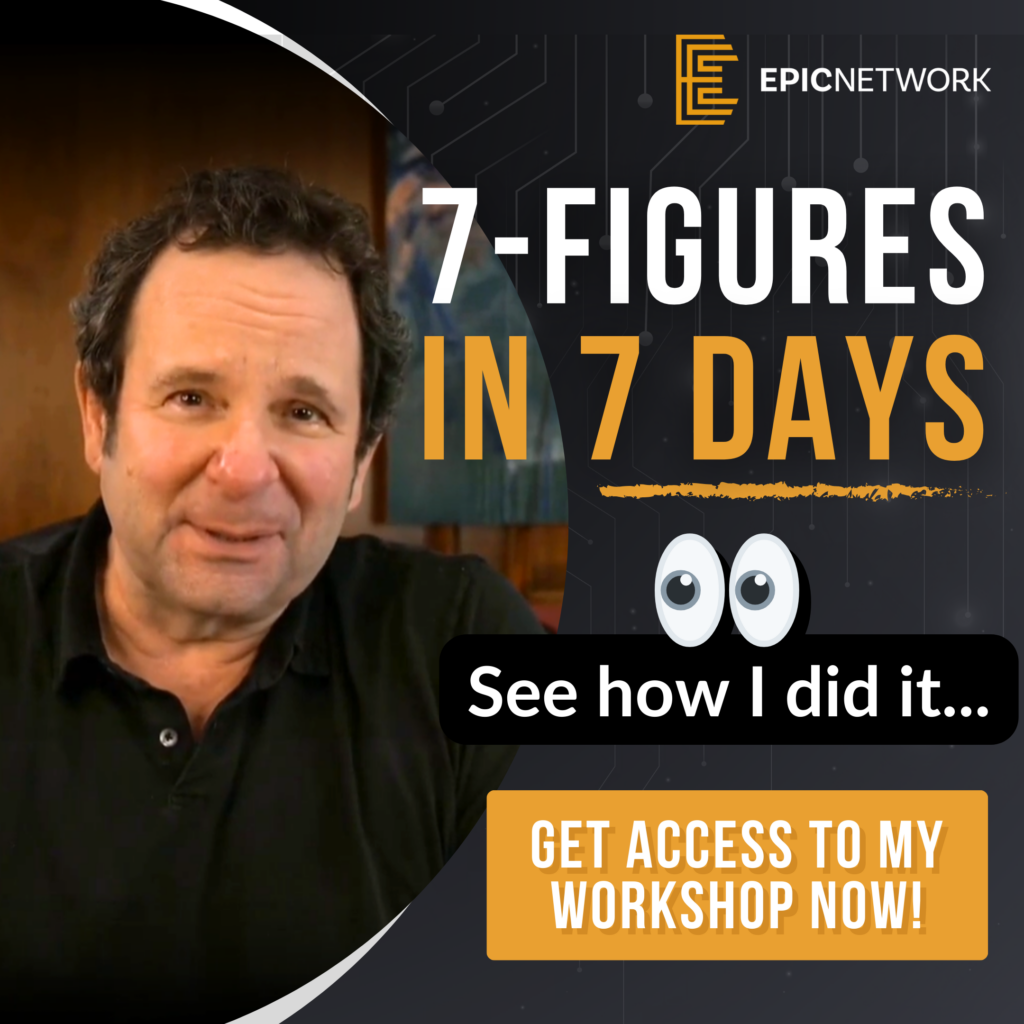
Introduction: Acquiring Taxi Companies – Is It Worth It?
Acquiring taxi companies can be a profitable venture, but only if approached strategically. With competition from rideshare platforms and the emergence of automated vehicles, potential buyers must carefully evaluate financials, growth potential, and operational systems. If structured right—especially with no money out of pocket—such a deal could yield substantial returns.
Key Considerations When Acquiring Taxi Companies
1. Evaluate the Financial Health
Before acquiring any business, financial stability is paramount. In this case, the seller claims revenues of $1.8 million annually, which suggests potential profitability. However, due diligence is critical. Review these financial aspects:
- Revenue Streams: Determine if income is consistent, seasonal, or declining.
- Profit Margins: Understand how much of that $1.8 million translates to net profit.
- Cost Analysis: Consider fleet maintenance, fuel, insurance, and operational expenses.
2. Industry Challenges
The taxi industry faces significant hurdles:
- Competition from Rideshare Apps: Uber and Lyft dominate many markets.
- Automated Vehicle Technology: Self-driving cars could disrupt traditional taxi services.
Given these factors, it’s wise to negotiate a low purchase price or structure a heavy earnout to mitigate risk.
Leveraging Existing Assets
3. Evaluate the Technology
A dedicated app is a significant advantage in the taxi business, as it competes with the convenience of rideshare apps. Key questions include:
- Monthly Active Users (MAUs): How many customers actively use the app?
- Retention Rate: Are customers staying loyal or migrating to competitors?
- Scalability: Can the app’s infrastructure handle growth or new markets?
4. Turn Expenses into Profit Opportunities
A taxi company offers several ways to optimize operations:
- Fleet Financing: Many vehicles can be acquired or upgraded with financing.
- Fleet Maintenance Services: Implementing in-house maintenance could save costs.
- Software for Fleet Management: Tracking systems can enhance efficiency and reduce downtime.
Building on Existing Strengths
5. Analyze Customer Acquisition Channels
Understanding how the company attracts and retains customers is critical. Ask:
- What marketing strategies drive customer acquisition?
- Are relationships with corporate clients, hotels, or airports transferable?
- Is there a predictable and sustainable system for generating leads?
6. Local Market Domination
This particular taxi company reportedly bought out competitors in its town. Consolidation is a strong indicator of market control, but further analysis is necessary to confirm if this dominance translates to long-term profitability.
Due Diligence Checklist
To ensure the deal aligns with your business goals:
- Request Detailed Financials: Evaluate revenue, costs, and profit margins.
- Assess Growth Potential: Is the business expanding, stable, or declining?
- Examine Customer Relationships: Determine if critical partnerships are transferable.
- Understand the Industry Landscape: Account for both current competition and future disruptors like automated vehicles.
Final Thoughts on Taxi Company Acquisitions
Acquiring a taxi company can be a lucrative investment if approached strategically. With robust financials, proprietary technology like an app, and opportunities to streamline operations, the right deal can yield significant returns. However, industry challenges necessitate a cautious approach, leveraging earnouts and other creative financing methods to minimize risk.
Additional Resources:
- How to Evaluate Business Acquisitions – Insights on due diligence and deal-making.
- Future of Automated Vehicles – Learn about automation’s impact on the transportation industry.
- Fleet Management Software Solutions – Tools to enhance operational efficiency.
Ready to explore acquisition strategies that fit your needs?
Book a Free Strategy Session with the EPIC Network to discover customized solutions to support your success.










